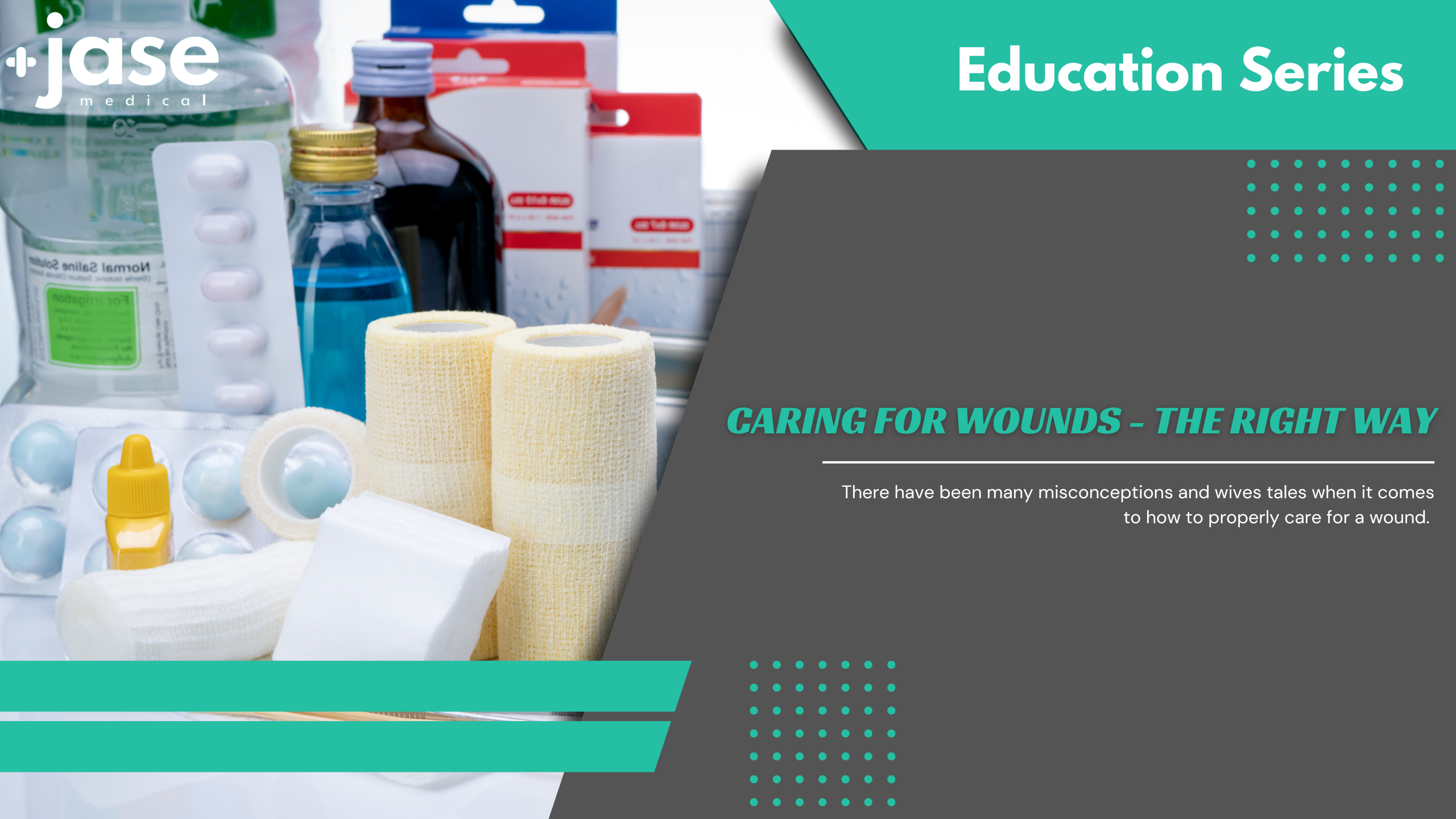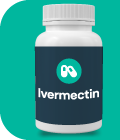
There have been many misconceptions and wives tales when it comes to how to properly care for a wound. One of the more dangerous is spreading butter or other grease on a burn to relieve the pain. In reality, any type of grease can cause more harm by trapping heat, suffocating the tissue and trapping any harmful bacteria against the burn. Another is pouring alcohol or peroxide directly into an open wound to cleanse it. Again, this practice causes further destruction of the tissue, and delays the healing process.
How to care for an open wound
To begin with, assess the wound. What type of wound is it- A puncture wound? A slice caused by a sharp object such as a knife or outdoor equipment? Is it a jagged, irregular wound such as a chainsaw injury, where a lot of debris is in the wound? A scraped knee with gravel embedded?
All wounds are a break in the integrity of the skin, the largest organ in your body. It is the first line of defense between you and the outside world. Once that defense has been breached, how you care for it will determine the outcome of the healing process.
Steps to care for a wound
Once you have assessed what type of wound you are dealing with take the following steps
- Stop or control bleeding if excessive or not well controlled. A little bleeding helps clear out invading pathogens and debris.
- Remove any obvious debris, gravel or other objects from the wound. Use tweezers, or manually pick out debris. Flush out with plain water. Tap water is fine.
- Continue to flood the wound with water, further cleansing the area. Be sure to clean and rinse around and away from the wound. This will prevent bacteria from entering the wound. Rinse with copious amounts of water. If you have access to a syringe or any way to deliver water under pressure, use it. This will help flush out any debris, bacteria or other matter that may not be visible to the naked eye. DO NOT use rubbing alcohol or hydrogen directly in the wound. This can cause further destruction to the skin integrity and delay the healing process.
- Once all debris has been removed, and area adequately flooded and flushed with water, pat dry with clean gauze if you have it. If not, a clean, free of lint piece of cloth will do.
- Cover with dressing. Do not use specialized dressings, ointments or creams unless instructed by your care provider. Products such as Neosporin do not prevent cellulitis. In fact, there is some evidence emerging that use of Neosporin or similar products may slow the healing process.
- If the wound is caused by an animal or human bite, seek medical attention as soon as possible. The mouth is full of pathogenic bacteria, and a prophylactic antibiotic may be necessary to prevent a systemic infection or cellulitis. This also goes for wounds that have been exposed to contamination and couldn’t be properly cleaned, puncture wounds and other wounds that you were unable to effectively clean.
- Change dressing daily. There will be some clear or even discolored exudate- this is normal, your body is healing itself. However, if the wound smells, or is swollen, the surrounding skin is hot or red to the touch, any red lines traveling from the wound outward, excessive drainage (cloudy, yellow or grey) seek medical attention. Also seek medical attention if fever over 100.4 (see below-signs a wound needs an antibiotic)
- If any of the above complications arise and you are unable to get to the doctor, there are two antibiotics in the Jase case that are effective in most cases of infected wounds or wounds that have a high likelihood of infection– One is amoxicillin clavulanate and the other one is doxycycline. The Jase case includes a booklet to help you identify when an antibiotic may be necessary. This is especially helpful when unable to seek medical care or medical care isn’t available.
How to tell if a wound requires an antibiotic
In many cases a wound will heal nicely on its own. The body is equipped with an amazing ability to heal itself. There are some instances, however when an antibiotic may be necessary, either to prevent infection in high-risk wounds or to treat active infections
Signs a wound needs an antibiotic
- The wound is red, swollen and hot to the touch
- The wound is substantially more painful than the initial injury
- Excessive drainage – foul smelling, yellow and/or grey
- Chills or fever over 100.4
- Red streak spreading from the wound
Antibiotics needed prophylactically
- Diabetic, heart valve disease or immune compromised- all are at high risk for infection
- Puncture type wounds from animal bites-cats, some rodents, etc. or human bites- These bites contain bacteria that is almost impossible to thoroughly clean with pressurized water.
- Other types of puncture wounds- nails, fencing, needles, garden tools and implements
- Contaminated wounds-wounds exposed to manure, feces, swampy or bad water
- Open fractures where bone breaks through the skin
- Shawn Rowland, MD
CEO & Founder of Jase Medical
- Brooke Lounsbury, RN
Medical Content Writer
Lifesaving Medications
Recent Posts
Keeping you informed and safe.
Medical Readiness: What Really Kills First
When Disaster Strikes, It’s Not Hunger or Thirst That Takes the First Lives In every disaster zone, from hurricanes in the Caribbean to war zones in Ukraine, the pattern is the same. People worry about food and water, but it’s infection that kills first. A small wound...
Exploring Dr. William Makis’ Hybrid Orthomolecular Cancer Protocol: Focus on Ivermectin and Mebendazole/Fenbendazole
Exploring Dr. William Makis’ Hybrid Orthomolecular Cancer Protocol: Focus on Ivermectin and Mebendazole/Fenbendazole *Disclaimer: This article is for educational purposes and does not constitute medical advice. Always seek professional guidance.* In the evolving...
Be Prepared for Life’s Unexpected Moments
3 Reasons EVERYONE should have emergency medications avaiable. It's all about access—access to medications and care when you need it most. And when things happen outside of your control that access can disappear.Below are 3 examples of how easily this access can be...















